Beyond Oil: India’s blueprint for expanding exports to Brazil
Brazil is a key trade partner for India in the Latin American region. It is part of the MERCOSUR bloc, with which India has a Preferential Trade Agreement (PTA). The two sides are currently in the middle of negotiations to expand the scope of this PTA.
India’s merchandise exports to Brazil have grown at a CAGR of 13.2% during 2018-23 to reach US$ 6.7 billion. However, exports dropped sharply by 31.4% YoY in 2023. Data indicates that Mineral fuels are a major factor in expanding exports to Brazil, and accounted for 23.5% of India’s exports in 2023.
In this exclusive research-based article, IBT looks at past trade trends to ascertain the major sectors, apart from mineral fuels, where India can focus more extensively in order to expand its exports to Brazil.
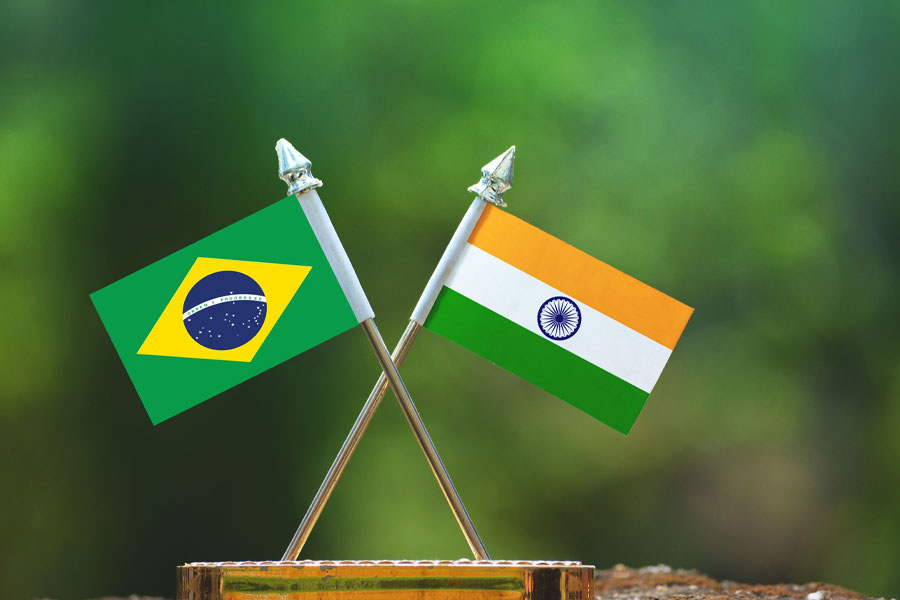
India and Brazil share a very close and multifaceted bilateral relationship, and are also part of many key plurilateral fora such as BRICS, BASIC, G-20, G-4, IBSA, International Solar Alliance, as well as in the larger multilateral bodies such as the UN, WTO, UNESCO, and WIPO.
India has a Preferential Trade Agreement with MERCOSUR, a Latin American trading bloc that comprises Brazil, Argentina, Paraguay and Uruguay. Both sides have agreed to expand the PTA from its current coverage of 450 items in order to further enhance commercial ties between them. Some of the key areas of cooperation between the two countries are defence, security, space, biofuels, oil & gas, agriculture, food processing, animal husbandry and health and traditional medicine.
India’s merchandise exports to Brazil have grown at a CAGR of 13.2% during 2018-23 to reach US$ 6.7 billion. However, exports have dropped sharply by 31.4% YoY in 2023. Data indicates that Mineral fuels are a major factor in expanding exports to Brazil, and accounted for 23.5% of India’s exports in 2023. At a value of US$ 1.5 billion, they have plunged by 63.8% YoY. But despite this drop, the five year CAGR of mineral fuels remains very strong at 60.7%. More specifically, this export value is dominated by petroleum oils (HS 2710).
The second largest export to Brazil is miscellaneous chemical products, where exports reached US$ 1.05 billion in 2023 (15.7% market share), growing at a five-year CAGR of 12.5%. Compared to 2022, India’s exports of miscellaneous chemicals have fallen by 27.5%.
The third largest export is Nuclear reactors and boilers… (HS 84) with a value of US$ 668 million. India’s exports of this category have increased at a 5-year CAGR of 22.7% and 11.6% YoY. It has a share of 10% in India’s total exports to Brazil.
It must be noted that the top 6 exported HS Codes at 2-digits accounted for 72.2% of India’s total exports to Brazil. If we exclude oil, the top five exported HS codes would account for 48.7% of India’s exports to Brazil. This shows that the trade is still quite restricted to a few product categories and indicates untapped potential.
Analysing untapped export potential to Brazil
To ascertain potential products of exports to Brazil, we have done a trade analysis based on available data (till 2022 from ITC Trade Map), mapping the profiles of India’s exports as well as Brazil’s total imports over a five year period. However, for this analysis, we have considered the top 20 exported chapters at the HS 2-digit level excluding mineral oil, in order to see how other product categories are contributing to expanding trade.
India’s top non-oil exports to Brazil
| Product code | Product label | India’s exports to Brazil in 2022 (US$ mn) | 5-year CAGR (%) | Brazil’s imports in 2022
(US$ bn) |
5-year CAGR (%) | India’s market share in Brazil’s imports | India’s share in world exports |
| ‘TOTAL | All products | 9,724.34 | 27.7% | 272.7 | 12.6% | 3.6% | 1.8% |
| ’38 | Miscellaneous chemical products | 1,448.82 | 29.7% | 9.5 | 18.3% | 15.2% | 2.6% |
| ’29 | Organic chemicals | 738.4 | 13.8% | 18.3 | 16.7% | 4.0% | 4.1% |
| ’84 | Nuclear reactors, boilers… | 598.3 | 18.0% | 33.9 | 14.3% | 1.8% | 1.1% |
| ’87 | Vehicles other than railway or tramway… | 529.1 | 16.7% | 16.4 | 7.9% | 3.2% | 1.3% |
| ’30 | Pharmaceutical products | 375.9 | 12.1% | 9.9 | 8.6% | 3.8% | 2.3% |
| ’40 | Rubber & articles thereof | 200.4 | 18.1% | 4.4 | 7.8% | 4.5% | 2.2% |
| ’85 | Electrical machinery & equipment… | 170.7 | 23.9% | 31.6 | 8.8% | 0.5% | 0.8% |
| ’72 | Iron and steel | 144.4 | 10.6% | 4.3 | 17.2% | 3.4% | 2.7% |
| ’32 | Tanning or dyeing extracts… | 126.4 | 2.2% | 1.4 | 4.4% | 8.7% | 3.9% |
| ’73 | Articles of iron or steel | 101.8 | 9.9% | 3.8 | 12.0% | 2.7% | 2.4% |
| ’54 | Man-made filaments… | 99.9 | -16.2% | 1.6 | 5.0% | 6.4% | 3.5% |
| ’90 | Optical, photographic, cinematographic… | 97.7 | 12.8% | 6.9 | 7.3% | 1.4% | 0.7% |
| ’39 | Plastics & articles thereof | 79.6 | 5.9% | 10.3 | 9.5% | 0.8% | 1% |
| ’76 | Aluminium & articles thereof | 77.1 | 2.2% | 2.6 | 12.9% | 3.0% | 3.4% |
| ’55 | Man-made staple fibres | 66.1 | -2.9% | 0.99 | 3.8% | 6.6% | 4.9% |
| ’62 | Articles of apparel & clothing… | 65.9 | -2.1% | 0.76 | -1.4% | 8.7% | 3.3% |
| ’28 | Inorganic chemicals… | 58.1 | 29.6% | 4.4 | 18.3% | 1.3% | 1.4% |
| ’70 | Glass & glassware | 31.5 | 6.2% | 0.74 | 10.7% | 4.3% | 1.2% |
| ’69 | Ceramic products | 31.4 | -1.2% | 0.3 | 6.5% | 10.6% | 3.2% |
| ’34 | Soap, organic surface-active agents… | 30.4 | 9.6% | 0.7 | 7.9% | 4.2% | 1.2% |
Source: ITC Trade Map
In eleven of these categories, India’s 5-year CAGR in terms of exports is lower than the corresponding import CAGR of Brazil. This indicates that India’s exports are not able to adequately tap the growth potential of the Brazilian market. In addition, India’s market share in these product categories is in low to medium single digits, with the exception of ceramic products (10.6%).
Another interesting point to note is that India is performing better in all these product categories as compared to its corresponding share in global exports of these HS codes, with the exception of plastics. In this category, India’s global export market share is slightly higher at 1% as compared to 0.8% share in Brazil’s imports.
So in order to expand India’s exports to Brazil in the non-oil category, the following HS chapters need more focused attention:
- Organic Chemicals
- Iron & Steel
- Tanning or Dyeing Extracts
- Articles of iron & steel
- Manmade filaments
- Plastics
- Aluminium
- Articles of apparel (not knitted and crocheted)
- Manmade staple fibers
- Glass & Glassware
- Ceramic products
These HS Codes account for around 14% of Brazil’s total imports. India presently is ranked 4th after China, US and Germany with a total value of US$ 2.9 billion and share of 7.3% (data available for 2023). However, its 5-year export CAGR is at 6.1%, fairly low as compared to China at 11.2%. Furthermore, China has a very strong share in a number of categories, particularly
Brazil’s imports of selected HS codes from China
| Product Code | Product Label | Value in 2022, US$ mn | Annual growth in value between 2018-2022, %, p.a. | Share in Brazil’s imports, % |
| ’29 | Organic chemicals | 7,727.54 | 26 | 42 |
| ’32 | Tanning or dyeing extracts; tannins and their derivatives; dyes, pigments and other colouring … | 446.12 | 12 | 31 |
| ’39 | Plastics and articles thereof | 1,954.97 | 21 | 19 |
| ’54 | Man-made filaments; strip and the like of man-made textile materials | 1,062.24 | 10 | 68 |
| ’55 | Man-made staple fibres | 611.68 | 11 | 61 |
| ’62 | Articles of apparel and clothing accessories, not knitted or crocheted | 403.94 | -11 | 53 |
| ’69 | Ceramic products | 85.2 | 4 | 29 |
| ’70 | Glass and glassware | 239.57 | 8 | 32 |
| ’72 | Iron and steel | 2,053.35 | 33 | 48 |
| ’73 | Articles of iron or steel | 1,188 | 18 | 30 |
| ’76 | Aluminium and articles thereof | 465 | 3 | 18 |
China is highly dominant in Brazil’s import share of man-made filaments (HS ’54, 68%); man-made stable fibres (HS ’55, 61%); articles of apparel & clothing, not knitted or crocheted (HS 62, 53%); iron & steel (HS ’72, 48%) and organic chemicals (HS ‘29, 42%). Now we compare RCA for both countries for each of these products (vis-a-vis global exports) in 2022. A value of RCA >1 indicates that the country is competitive in exports of the product, while RCA <1 indicates
RCA of India and China for selected HS Codes
| Code | Product label | China RCA | India RCA |
| ’29 | Organic chemicals | 1.30 | 2.22 |
| ’32 | Tanning or dyeing extracts; tannins and their derivatives; dyes, pigments and other colouring … | 0.79 | 2.15 |
| ’39 | Plastics and articles thereof | 1.20 | 0.55 |
| ’54 | Man-made filaments; strip and the like of man-made textile materials | 3.44 | 1.90 |
| ’55 | Man-made staple fibres | 2.57 | 2.66 |
| ’62 | Articles of apparel and clothing accessories, not knitted or crocheted | 2.04 | 1.79 |
| ’69 | Ceramic products | 2.94 | 1.76 |
| ’70 | Glass and glassware | 1.97 | 0.63 |
| ’72 | Iron and steel | 0.93 | 1.46 |
| ’73 | Articles of iron or steel | 1.88 | 1.33 |
| ’76 | Aluminium & articles thereof | 1.04 | 1.88 |
Source: ITC Trade Map
So among the products, India has RCA <1 in only two product categories: Glass & glassware and Chemicals and Plastics, showing it is relatively less competitive in these products. Moreover, India’s RCA is higher than China in the following HS Codes:
- HS ’29: Organic chemicals
- HS ’32: Tanning or dyeing extracts
- HS ’55: Man-made staple fibres
- HS ’72: Iron & steel
- HS ’76: Aluminium and articles thereof
Given the results of this analysis, it is pertinent for India to explore the untapped potential in the above sectors in particular. More detailed research and consultations must explore the reasons for India’s relatively lower market share in Brazil for these products, despite having a strong competitive advantage in the global context.







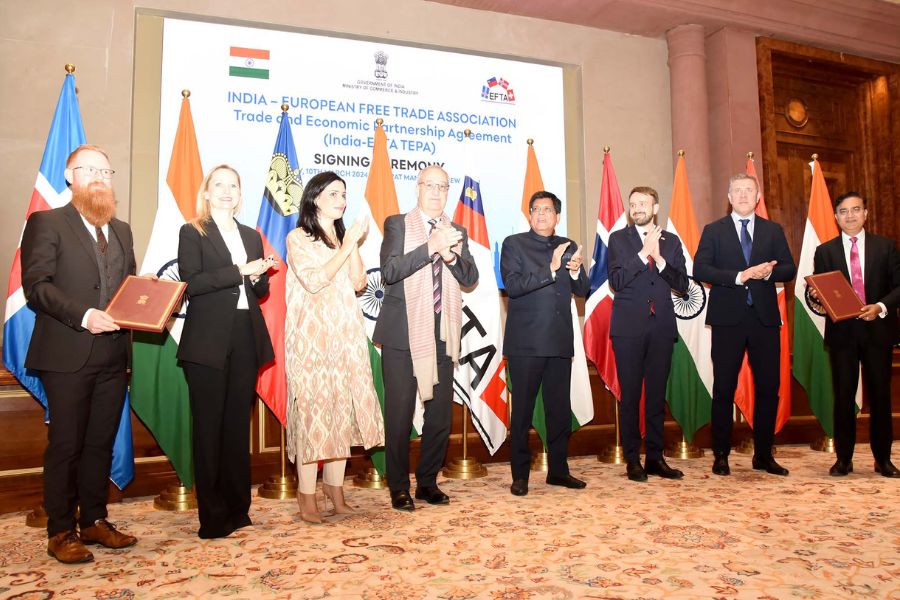
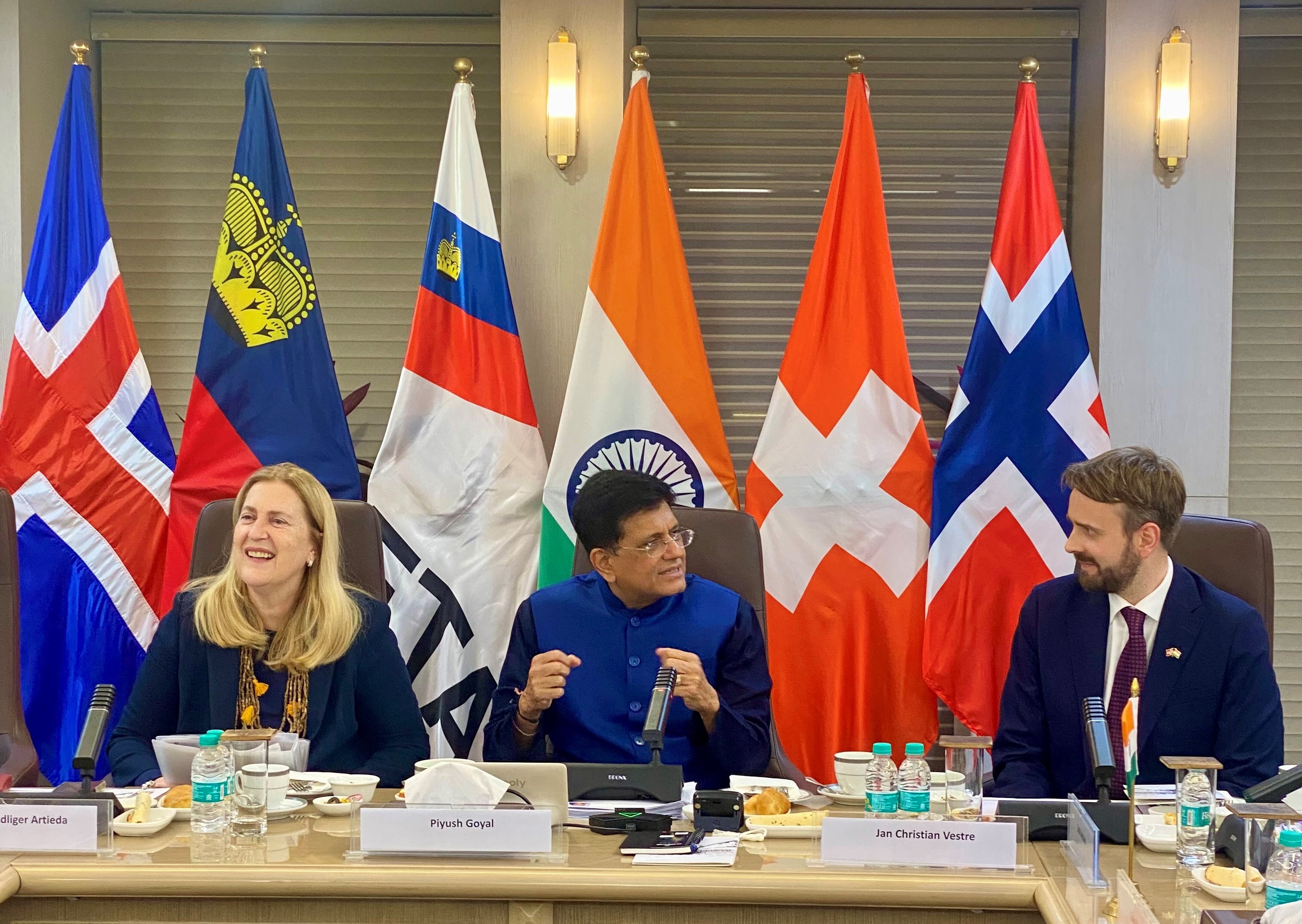
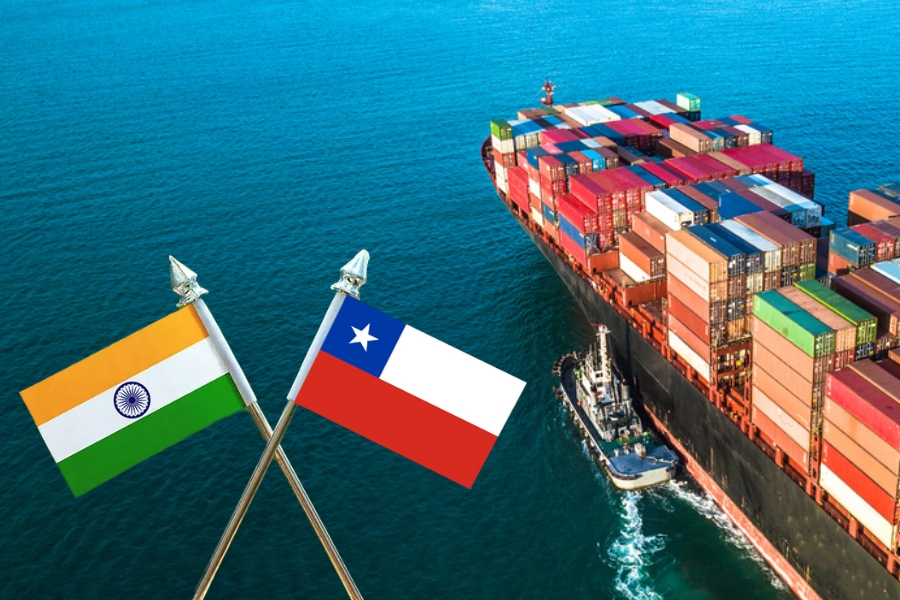
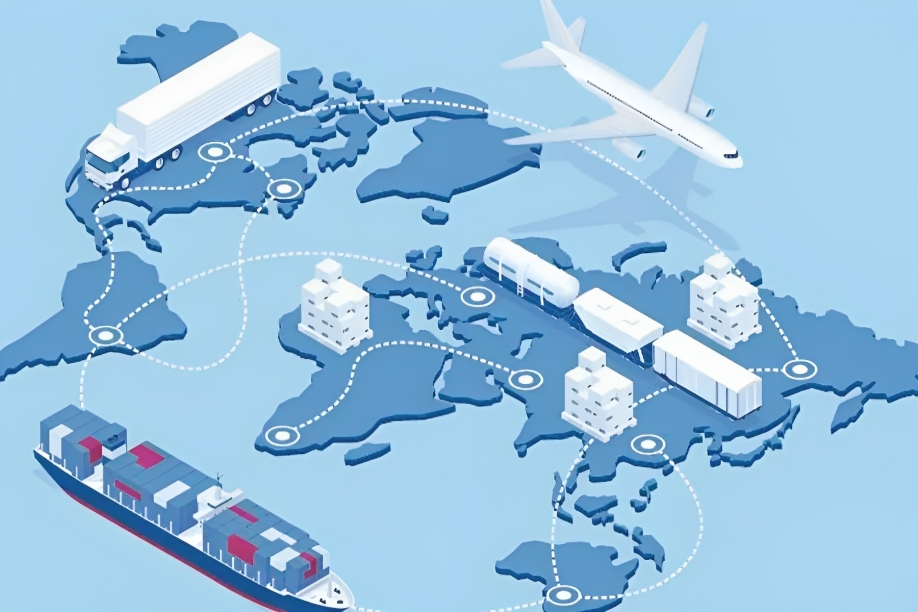

Leave a comment